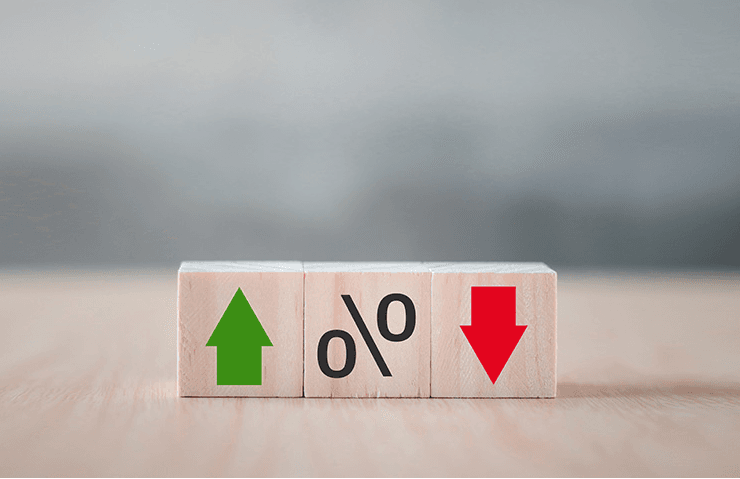
Understanding the interest rate concept
It refers to the percentage that is agreed upon between a lender and a borrower for the use of money during the agreed period of time.
This rate is the amount of money the lender earns for lending the money, and it is also the amount of money the borrower must pay.
It is important to understand how the interest rate is calculated, as this can significantly affect financing costs.
What is an interest rate?
It is an additional amount that is added to the initial amount of the loan, and is usually expressed as a percentage.

The interest rate is applied to compensate the borrower for the cost of using the money.
How an interest rate works
An interest rate is an amount charged for the use of the borrowed money. This amount is added to the initial principal to calculate the total amount to be paid.
The interest rate is expressed as a percentage of the money borrowed and the stipulated repayment terms.
Types of interest rates
Nominal interest rate: The nominal interest rate is the interest charged on a loan. This rate is the exact amount paid for borrowed funds and is expressed as an annual percentage.
Real interest rate: The real interest rate is the net interest rate, after taxes. This rate is lower than the nominal rate and reflects the real cost to borrowers in the current market context.
How interest rates are calculated
Interest rates are an important factor in making financial decisions.
These rates are calculated taking into account several factors, such as the capital borrowed, the repayment term and the economic situation of the country.

The interest rate is a percentage that is applied to the capital initially provided, and is responsible for determining the interest that will be earned or paid at the end of the cycle.
To calculate interest rates, it is necessary to know the initial investment, the term for its repayment and the current economic situation.
This information can be easily obtained online, or with the help of a financial expert.
Once the necessary data has been collected, financial tools can be used to calculate the total annual interest rate.
Benefits and risks associated with interest rates
Interest rates have different benefits and risks associated with them. This is particularly true for banks, which use rates to attract customers and earn income.
On the other hand, rising interest rates can be a disadvantage for savers, as it means receiving less interest on their investments.
Banks use interest rates to help control the amount of money in circulation in the market.
If the rate is high, banks receive higher profits, but consumers will be forced to pay higher interest on their loans.
On the other hand, a low rate means that banks will not earn as much revenue, but consumers will have a greater incentive to borrow.

When we talk about the risks associated with interest rates, we are talking about the risk of inflation.
If rates are too high, they can lead to a significant increase in the cost of living and a decrease in the overall standard of living.
On the other hand, if rates are too low, they can cause a drop in the value of money and even an economic collapse.






